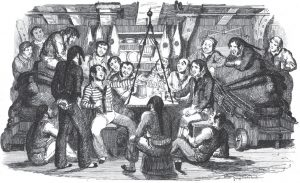Meet CC South Africa, Our Next Feature for CC Network Fridays!
vendredi 12 février 2021 à 16:26After introducing the CC Italy Chapter to you in July, the CC Netherlands Chapter in August, CC Bangladesh Chapter in September, CC Tanzania Chapter in October, and the CC India Chapter in November, the CC Mexico Chapter in December, and CC Argentina Chapter in January, we are now travelling to Africa to introduce the CC South Africa Chapter!
The Creative Commons Global Network (CCGN) consists of 48 CC Country Chapters spread across the globe. They’re the home for a community of advocates, activists, educators, artists, lawyers, and users who share CC’s vision and values. They implement and strengthen open access policies, copyright reform, open education, and open culture in the communities in which they live.
To help showcase their work, we’re excited to continue our blog series and social media initiative: CC Network Fridays. At least one Friday a month, we’re traveling around the world through our blog and on Twitter (using #CCNetworkFridays) to a different CC Chapter, introducing their teams, discussing their work, and celebrating their commitment to open!
Say hello to CC South Africa!
The CC South Africa Chapter was formed in 2019. Its Chapter Lead is Paul West and its representative to the CC Global Network Council is Derek Moore. CC South Africa is a loose, value network of South African people and organizations who support the ideals and practices of the open movement. Members of the Chapter are committed to promoting and enabling the legal sharing of creative works, education, and other works with others. For this post, we spoke to Paul and Derek who told us a bit more about the Chapter’s work.
CC: What open movement work is your Chapter actively involved in? What would you like to achieve with your work?
CC South Africa: We supported the approval of the copyright amendment bill and objected to ongoing delays by SA Presidency in signing it into law. The Bill is being held up for issues, including resistance by international lobbies that are opposed to developing countries including FAIR USE in their copyright legislation. You can find more information by following @DeniseNicholson and in this article.
We also work with Open Content Finder, a collaboratively-sourced directory of #OER for teaching and learning materials. @OpenUCT content carries CC licenses. Find out more here and by following @GlenCox.
We were involved with the #feesmustfall resources for online and blended learning that were developed by four South African universities (UP, UJ. UCT & UFS) and were shared as open educational resources (CC BY SA NC) with other higher education institutions in South Africa.
CC: What exciting project has your Chapter engaged in recently?
CC South Africa: We work with the @UNESCOICT4D which resulted in the report “Education for the most marginalised post‑COVID-19” and guidance note “Sharing open educational resources (OER) with Creative Commons (CC) open licenses“. For more information follow @PGWest.
CC: What do you find inspiring and rewarding about your work in the open movement?
CC South Africa: Working in the open movement helps us create OPEN learning systems in 2021 that will provide free access to download, retain, reuse, revise, remix and redistribute to others. These require CC #OER licenses. See the guidance note and follow @CCSA and @PGWest for more information.
The “Open Umbrella” is a self-evaluation tool & field-guide, intended for online education. This OER offers manageable steps to course improvement. Future plans include 8 self-study modules, webinars & workshops over 3 years. For more information follow @weblearning.
CC: What are your plans for the future?
CC South Africa: Especially for the rest of the pandemic, we will continue to meet and conduct encouraging messages using video conferences and newsy emails. Members are being encouraged to develop their own projects and share information on projects that include CC licenses through the Chapter.
CC: What projects in your country are using CC licenses that you’d like to highlight?
CC South Africa:
Early reading projects (Bookdash and African Storybook) are making a significant impact and their work is being enabled with Creative Commons
- Beautifully told and illustrated early reading materials, packaged professionally and shared. Check this out via their website or follow @BookDash
- Open Textbook projects (@dot4d) are being written and released
CC: Anything else you want to share?
CC South Africa: Our Chapter membership has reached 50 people and there is even some interest from individuals in neighboring countries where Chapters have not yet been established. Everyone with a common interest to promote open education with CC licenses and to collaborate constructively with others is invited.
Thank you to the CC South Africa team, especially Paul and Derek for contributing to the CC Network Fridays feature, and for all of their work in the open community! To see this conversation on Twitter, click here. To become a member of the CCGN, visit our website!
 : Featured image has icons by Guilherme Furtado and Vectors Point via Noun Project (CC BY 3.0).
: Featured image has icons by Guilherme Furtado and Vectors Point via Noun Project (CC BY 3.0).
The post Meet CC South Africa, Our Next Feature for CC Network Fridays! appeared first on Creative Commons.

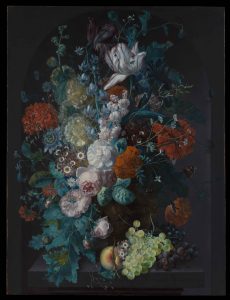


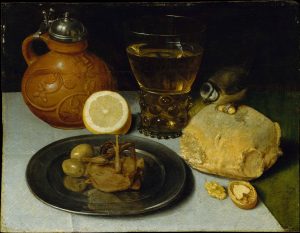

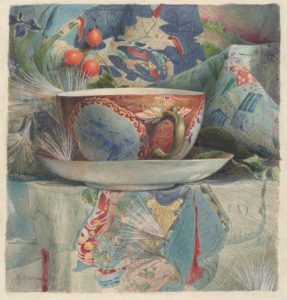
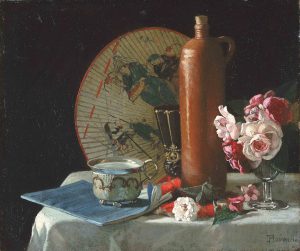
 (or “
(or “

